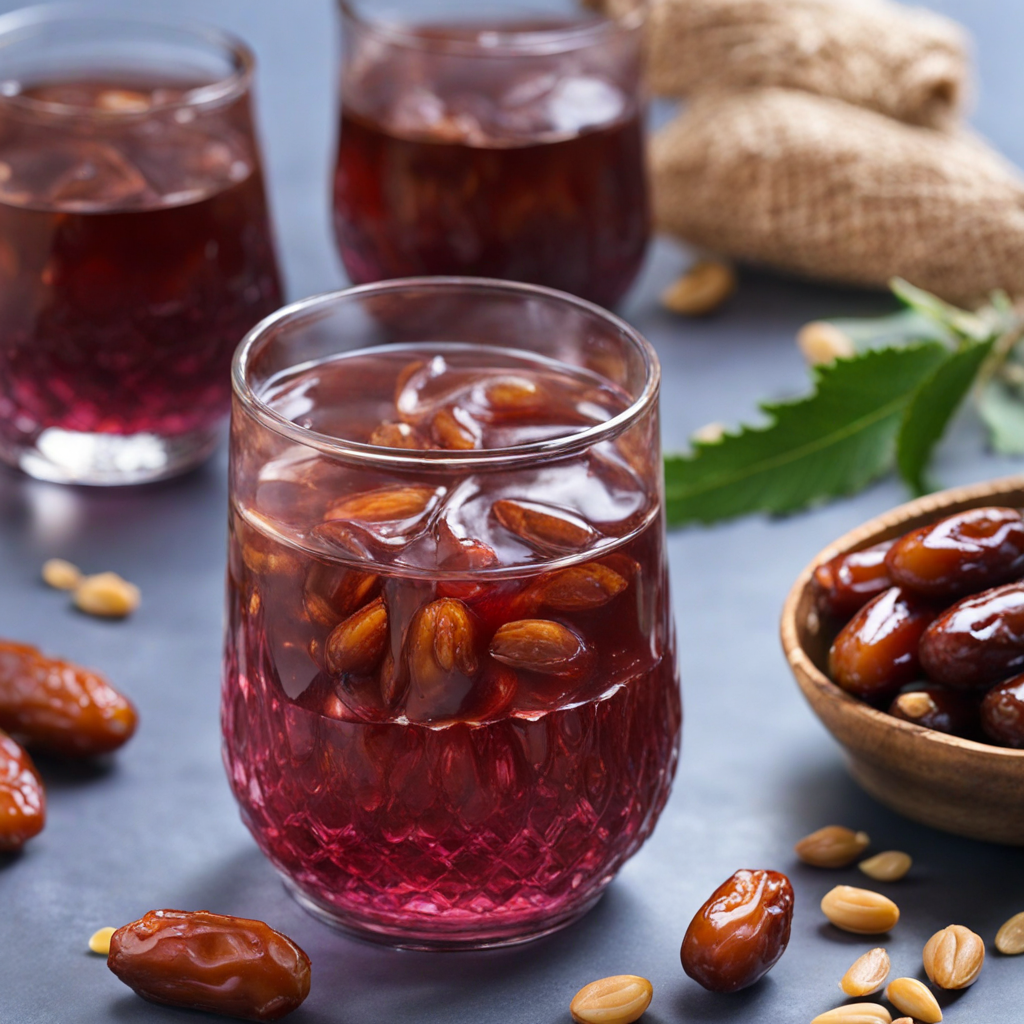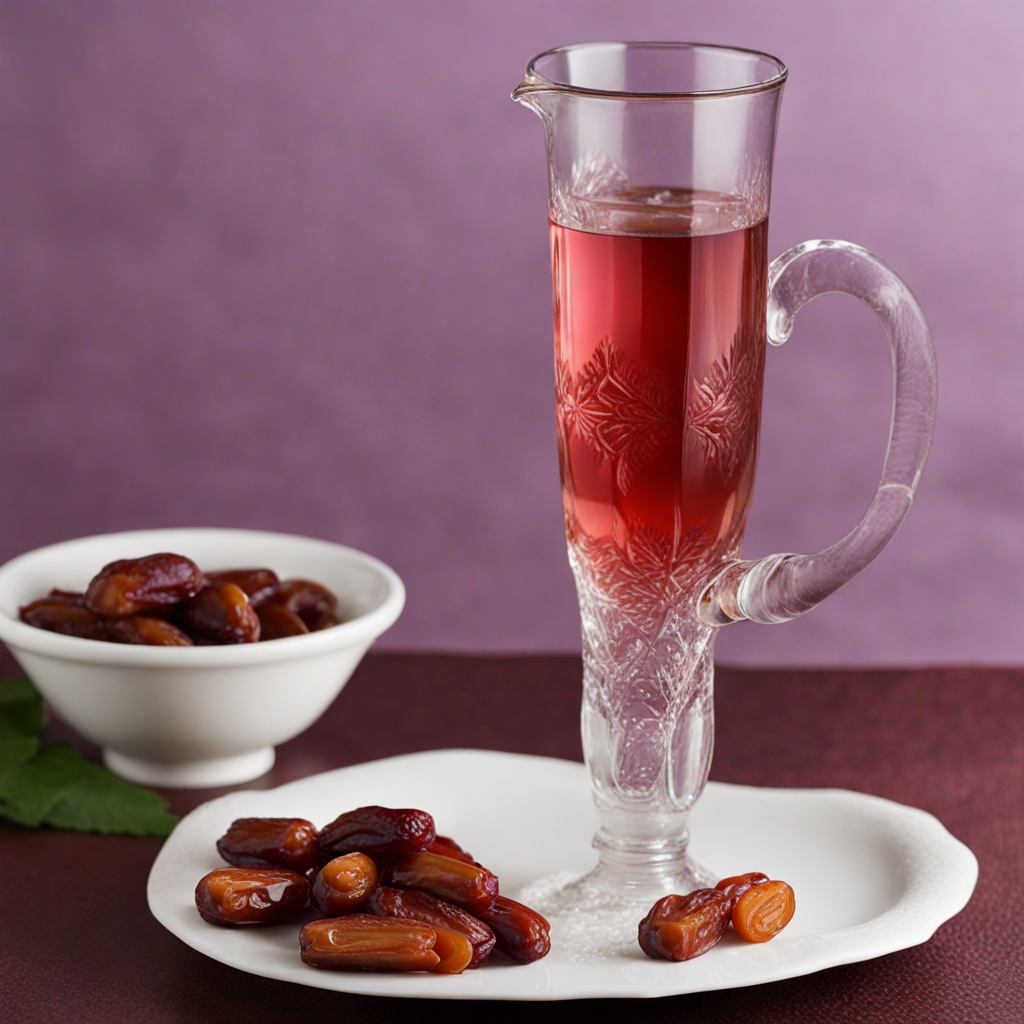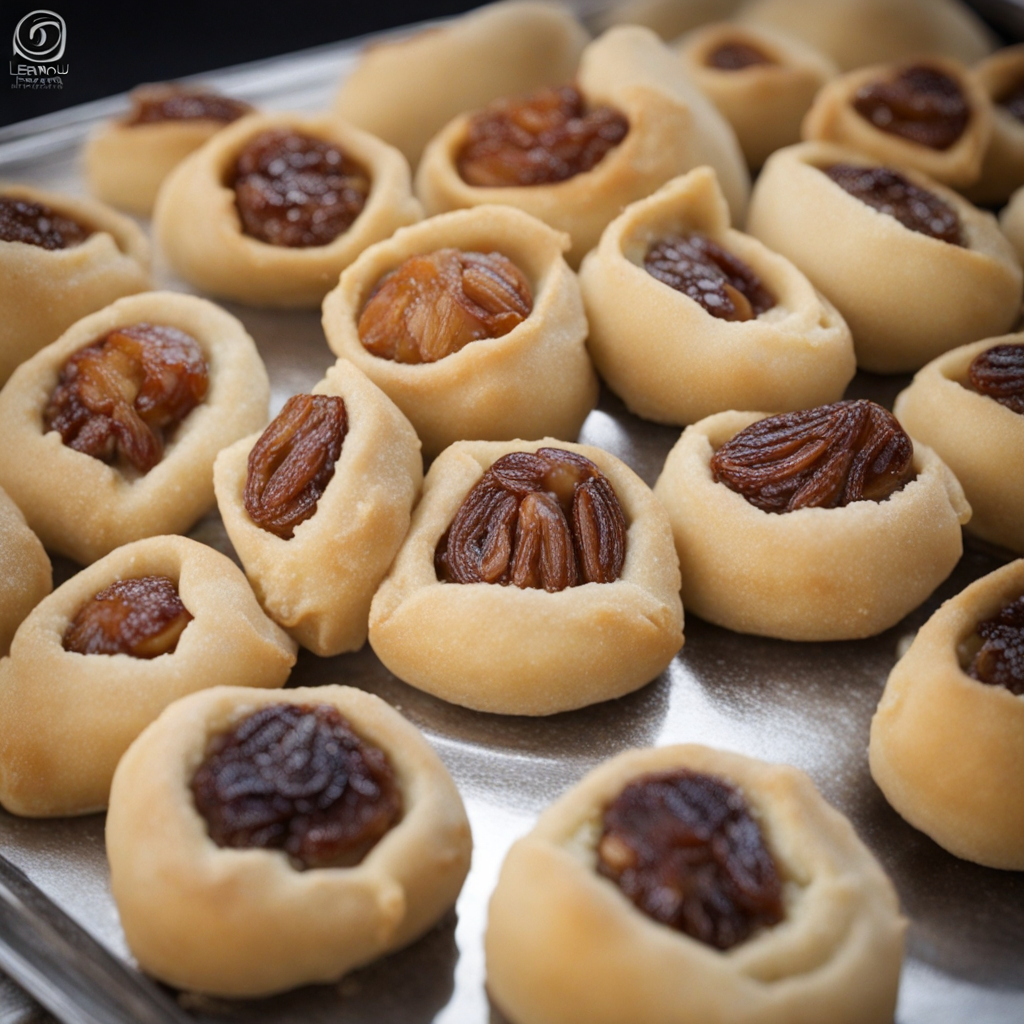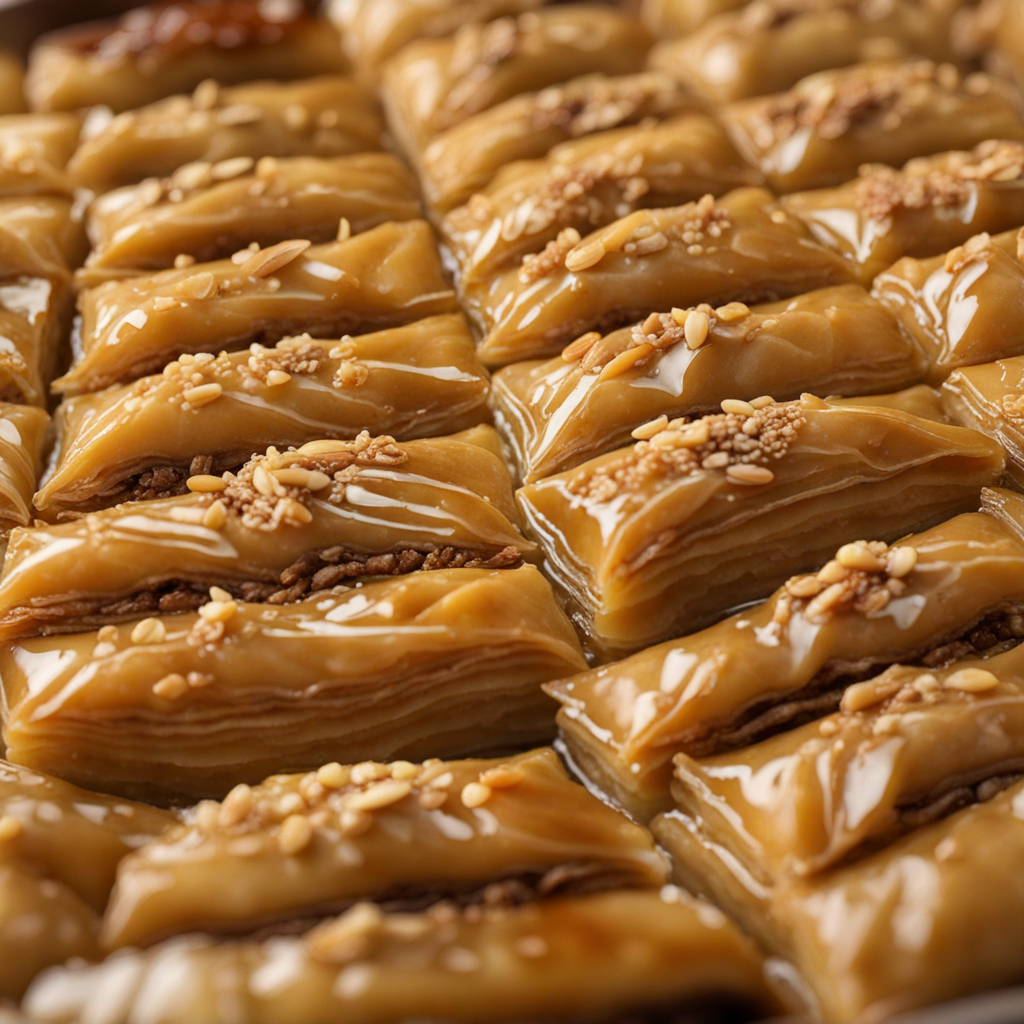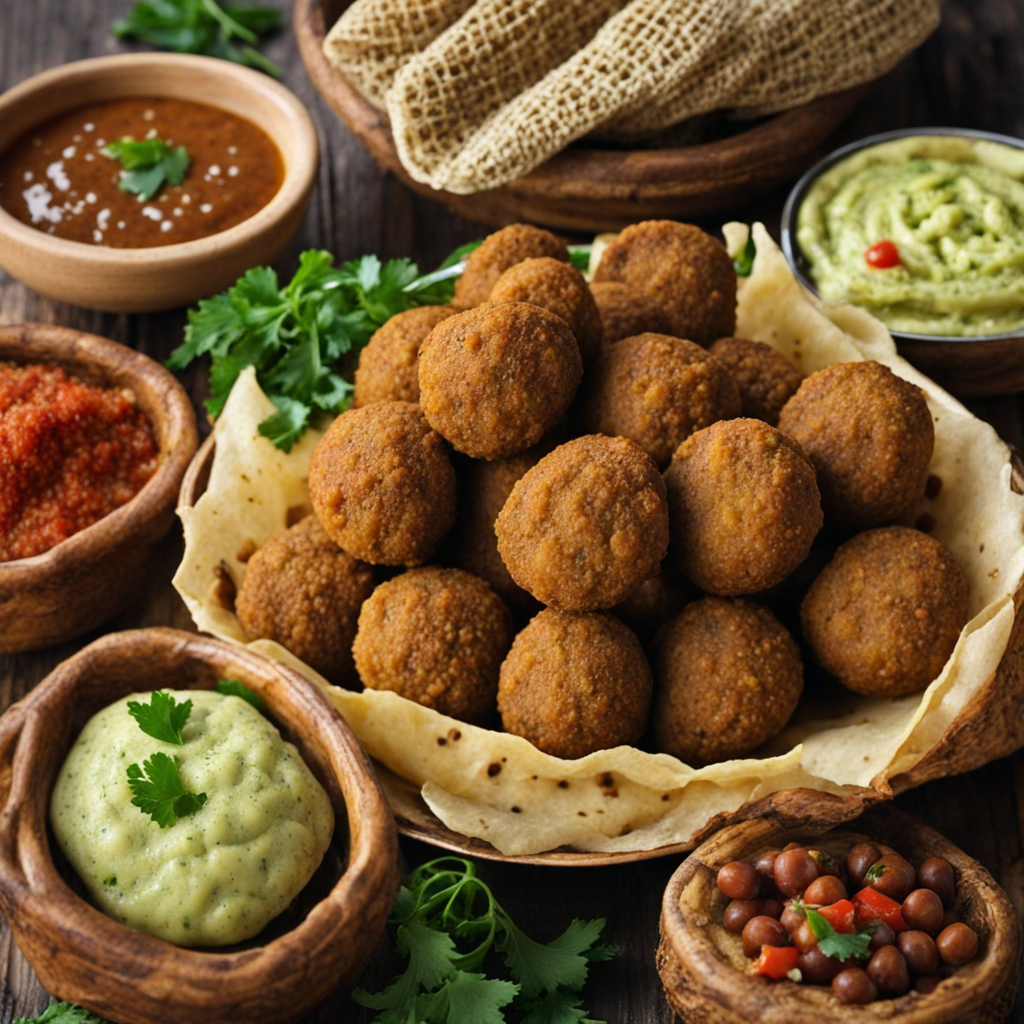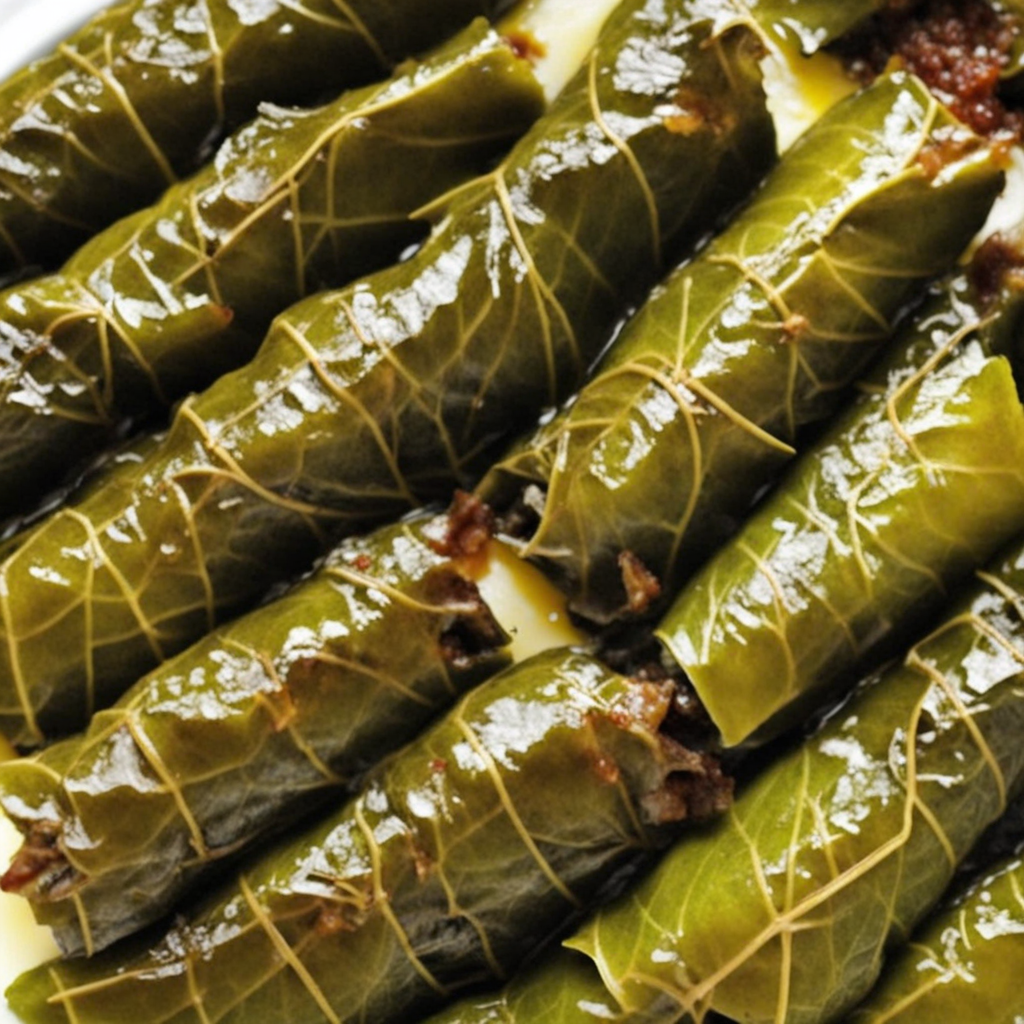Jallab
Jellab, a traditional Lebanese beverage, is a sweet and refreshing drink that captures the essence of Middle Eastern flavors. It is especially popular during the hot summer months and is often served at social gatherings, weddings, and festive occasions. The drink is known for its rich, dark color and unique flavor profile that combines the sweetness of dates with the aromatic essence of rose water and the tartness of dried fruits. The history of jellab dates back centuries, with roots deeply entrenched in the culinary traditions of the Levant. It is believed to have originated from the Arabic word “jalab,” which refers to a drink made from dates and sometimes other fruits. The beverage is often associated with the rich agricultural heritage of the region, where dates are a staple crop. Over time, variations of jellab emerged across different countries in the Middle East, each adapting the basic recipe to local tastes and available ingredients. The primary ingredients in jellab include dates, carob molasses, and water, with the addition of rose water for flavoring. Dates are a key component, providing natural sweetness and a thick, syrupy texture. Carob molasses, made from the pods of the carob tree, adds a unique depth of flavor and a hint of bitterness that balances the sweetness of the dates. The drink is typically prepared by blending these ingredients together, then straining the mixture to achieve a smooth consistency. Ice is often added to serve it chilled, making it a perfect refreshment on
How It Became This Dish
Origin of Jallab Jallab, a traditional Lebanese beverage, has its roots steeped in the rich agricultural and cultural heritage of the Levant region. The drink is primarily made from dates, which have been cultivated in the Middle East for thousands of years. The earliest references to dates can be traced back to ancient Mesopotamia, where they were not only a staple food but also played a significant role in various rituals and celebrations. As the cultivation of dates spread throughout the Arabian Peninsula and into the fertile lands of Lebanon, the practice of creating beverages from these sweet fruits emerged. The basic ingredients of Jallab include dates, water, and a hint of rose or blossom water, which adds a fragrant element to the drink. Traditionally, Jallab is prepared by soaking dried dates in water, then straining the mixture and adding additional flavors. The result is a sweet, dark syrup that can be served cold or over ice, often garnished with nuts or raisins. This simple yet flavorful concoction reflects the agricultural bounty of Lebanon and the resourcefulness of its people in transforming readily available ingredients into a refreshing drink. \n\n Cultural Significance Jallab is more than just a drink; it is a symbol of Lebanese hospitality and community spirit. It is often served during social gatherings, family celebrations, and festivals, where it plays a role in uniting friends and family. The drink is especially popular during the holy month of Ramadan, when it is consumed to break the fast, owing to its natural sugars and hydrating qualities. The preparation and sharing of Jallab encapsulate the essence of Lebanese culture—warmth, generosity, and togetherness. In many households, the preparation of Jallab is a communal activity, often involving family members who come together to create the drink. This not only fosters a sense of belonging but also passes down culinary traditions from generation to generation. In this way, Jallab is not just a beverage; it is a testament to the cultural identity and social fabric of Lebanon. \n\n Development Over Time As Lebanon's culinary landscape evolved over the centuries, so too did the preparation and consumption of Jallab. The Ottoman Empire, which ruled much of the Middle East for several centuries, played a significant role in shaping the food culture of Lebanon. During this time, the use of spices and various flavorings became more pronounced, and Jallab began to incorporate these elements. For instance, the addition of cinnamon or other spices became more common, enhancing the drink's flavor profile and making it a more complex beverage. In the 20th century, with the advent of globalization and modernization, the consumption of Jallab began to transcend traditional boundaries. Lebanese diaspora communities around the world have introduced Jallab to new audiences, adapting the recipe to suit local tastes and ingredients. In countries like the United States, Canada, and Australia, Jallab has found a place in Middle Eastern restaurants and cafes, often served alongside other traditional Lebanese dishes. \n\n Modern Variations Today, Jallab is celebrated not only for its unique flavor but also for its versatility. While the traditional recipe remains popular, modern variations have emerged that cater to contemporary palates. Some recipes incorporate additional fruits, such as apricots or pomegranates, which enhance the drink's sweetness and nutritional value. Others have experimented with carbonating Jallab, creating a fizzy version that appeals to younger generations. Additionally, health-conscious trends have led to the development of sugar-free or low-calorie versions of Jallab, utilizing natural sweeteners or alternative ingredients. This evolution reflects a broader shift in dietary preferences and the increasing demand for healthier beverage options. Despite these changes, the core essence of Jallab—its connection to the land and culture of Lebanon—remains intact. \n\n Jallab in Contemporary Lebanese Identity In modern Lebanon, Jallab continues to hold a special place in the hearts of many. It is frequently featured in local markets, where vendors offer freshly made versions alongside other traditional drinks like tamarind and ayran. The drink has also made its way into Lebanese festivals and cultural events, where it symbolizes the enduring traditions of the region. In recent years, there has been a resurgence of interest in traditional Lebanese cuisine, with chefs and food enthusiasts revisiting classic recipes and exploring their origins. Jallab, with its deep-rooted history and cultural significance, has become emblematic of this culinary renaissance. As Lebanon navigates the complexities of modernity and globalization, Jallab serves as a reminder of the importance of heritage and the role of food in preserving cultural identity. \n\n Conclusion Jallab is not only a delightful beverage but also a cultural artifact that bridges the past and the present. Its journey from ancient agricultural practices to its modern-day iterations reflects the resilience and adaptability of Lebanese cuisine. Whether enjoyed at a bustling family gathering or sipped in solitude, Jallab embodies the spirit of Lebanon—rich in flavor, steeped in history, and woven into the very fabric of its society. As we continue to explore the diverse culinary traditions of the world, Jallab stands out as a vibrant testament to the power of food in shaping culture and community.
You may like
Discover local flavors from Lebanon


